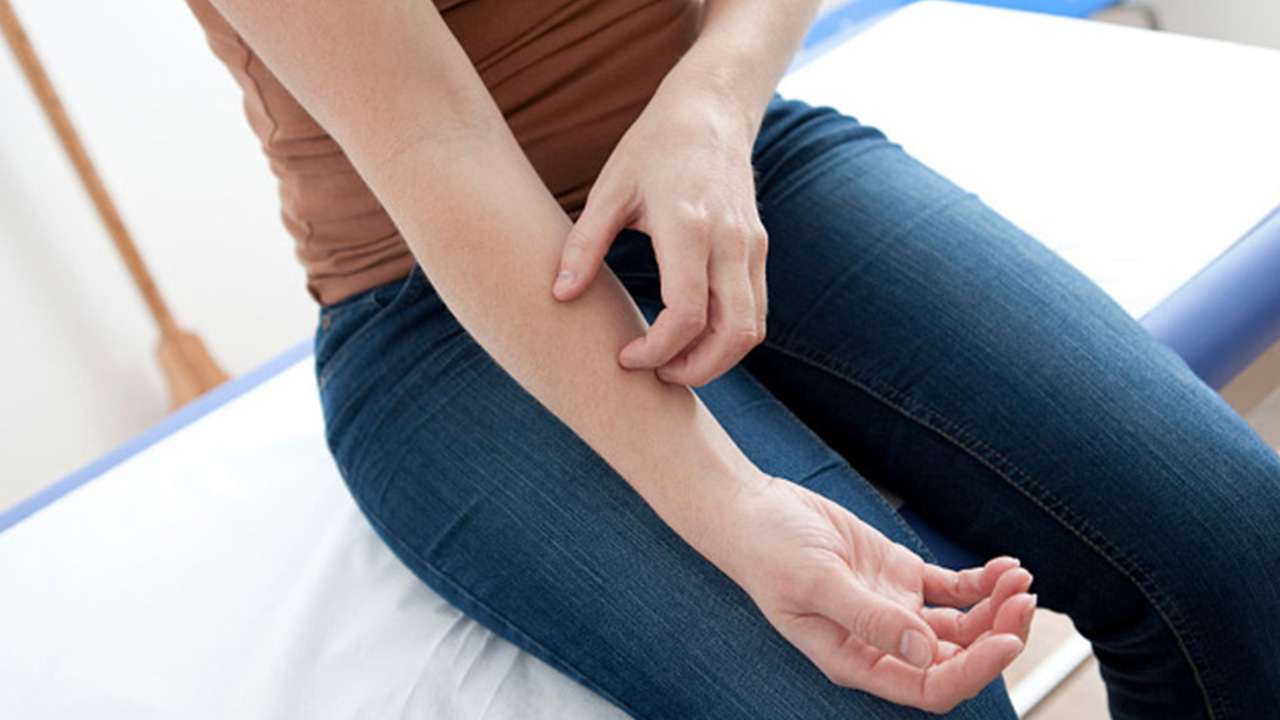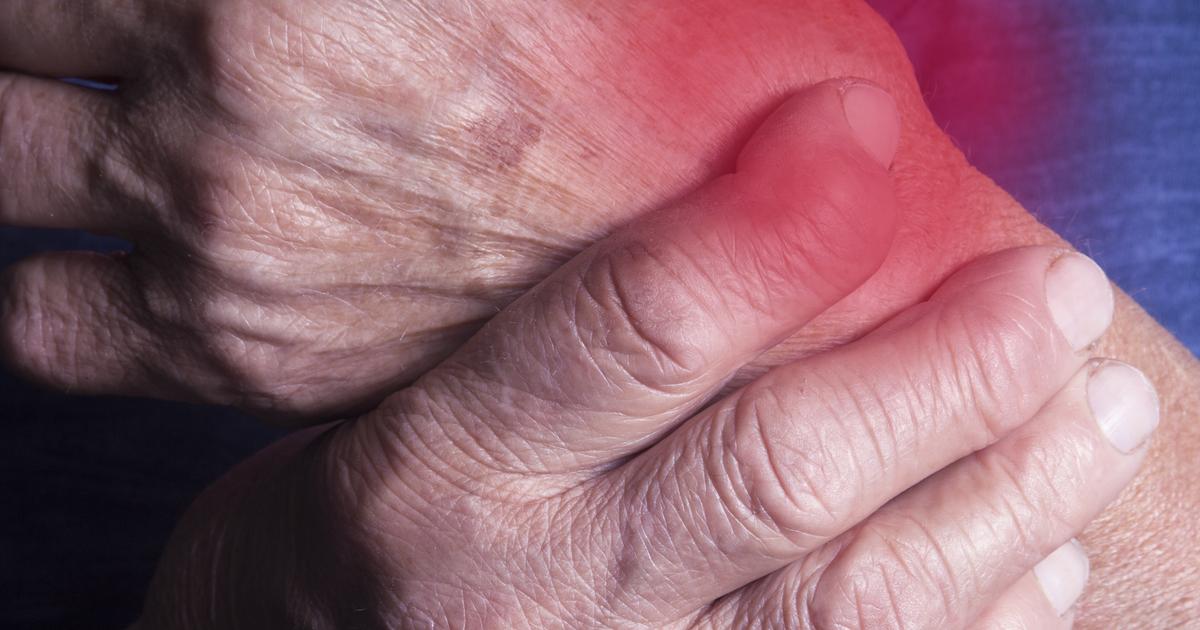Causes, Risk Factors, And Complications Of Polymyositis
Polymyositis is an uncommon inflammatory disease that leads to muscle weakness in both sides of the body. If individuals have this condition, they may have trouble getting out of chairs, climbing stairs, reaching overhead, or lifting objects. The most commonly affected age groups are adults between thirty and fifty-nine years old. Polymyositis develops more commonly in black individuals than in white individuals, and women are more likely to be affected than men. The symptoms tend to develop on a gradual basis over weeks or months. While the condition doesn't have a cure, treatment can help with muscle functioning and strength. Individuals should always see a doctor if they have unexplained muscle weakness. Polymyositis typically causes weakness in the hips, neck, upper arms, shoulders, and thighs.
Get familiar with the causes, risk factors, and complications linked to polymyositis now.
Scleroderma

Polymyositis shares many symptoms with autoimmune diseases. An individual's risk of developing the condition becomes higher if they have scleroderma, a connective tissue autoimmune disease. The most visible way this disease manifests is through hardening of the skin. In the past, scleroderma has been called a progressive disease, though in recent years, researchers have discovered the condition isn't always progressive. Some patients experience a progression in their symptoms, while others have fairly stagnant symptoms.
Scleroderma is a chronic condition with multiple potential complications, polymyositis being just one of them. Some individuals experience only mild symptoms, while others have more serious issues. Around 300,000 individuals in the United States have scleroderma, though it's possible more cases are undiagnosed or misdiagnosed. About one-third of known cases involve systemic scleroderma, which affects multiple systems throughout the body and can be progressive. Children are more likely to have localized scleroderma, which is confined to one part of the body. About four times as many women have scleroderma as men.
Read more about the risk factors linked to polymyositis now.
Rheumatoid Arthritis

Rheumatoid arthritis is another autoimmune disorder that can increase an individual's risk of developing polymyositis. This disorder causes chronic inflammation in the joints and other parts of the body. It's best known for causing joint pain and progressive joint damage over time. There are more than a hundred types of arthritis, but not all of them are caused by the immune system. Rheumatoid arthritis causes the lining of an individual's joints to become damaged and swollen because their immune system mistakenly attacks it. As time goes on, this swelling can lead to deformities in the joints and bone erosion. Since there's chronic inflammation, other systems throughout the body can also sustain damage. In the early stages, rheumatoid arthritis usually affects the smaller joints, like those attaching the fingers and toes to the body. As the symptoms progress, larger joints throughout the body can become affected. If individuals develop polymyositis, this can add to the potentially damaging inflammation in the body. It can also be difficult to diagnose polymyositis, since many of its symptoms can be mistaken for rheumatoid arthritis.
Learn more about the causes and risk factors associated with polymyositis now.
Sjogren's Syndrome

Sjogren's syndrome is an autoimmune disorder that causes two characteristic symptoms: dry mouth and dry eyes. Many individuals with Sjogren's syndrome also have another autoimmune disorder like lupus or rheumatoid arthritis. Because it's so common for patients with autoimmune disorders to develop more than one disorder, the chances of developing polymyositis if they have Sjogren's syndrome are high. Sjogren's syndrome causes an individual's moisture-secreting glands and mucous membranes to be damaged and cease functioning as well. This means they'll produce less saliva and fewer tears. While the disease can occur at any age, the majority of patients are over forty years old at the first onset. Women are much more susceptible to the disease. While the tears and saliva are the first glands targeted by the immune system, other parts of the body can become damaged, including the nerves, skin, lungs, liver, kidneys, thyroid, and joints. Some patients may experience swelling in their joints, skin rashes, a swelling in their salivary glands, or vaginal dryness.
Discover complications of polymyositis now.
Aspiration Pneumonia

Aspiration pneumonia is a potentially fatal complication from polymyositis. This complication most often occurs when individuals have weakness in the muscles throughout their esophagus, which is responsible for helping them swallow. Muscle weakness can make swallowing more difficult, which can lead individuals to aspirate liquids into their lungs. Aspiration can occur even when individuals aren't drinking anything, as it's possible to aspirate saliva. Any buildup of fluid in the lungs has the potential to cause pneumonia. The liquid or food patients aspirate might have bacteria attached that attack their lungs. The lungs of a healthy individual will clear themselves normally. But patients with polymyositis and other conditions may not be able to fight off the bacteria, which is what leads to pneumonia. One early indication of aspiration pneumonia is that an affected individual coughs wetly or has to clear their throat excessively after they eat. Foul-smelling coughing, excessive sweating, wheezing, shortness of breath, chest pain, fatigue, and blueness of the skin caused by oxygen deprivation are also characteristic symptoms.
Reveal more complications linked to polymyositis now.
Difficulty Breathing And Swallowing

Difficulty breathing and swallowing are also complications that can occur when the muscles in the esophagus are weaker than they should be. Problems with swallowing are called dysphagia. They often occur in disorders that cause progressive muscle weakness. These issues can lead to aspiration and pneumonia, but there are other problems they can cause by themselves. Many patients who have trouble swallowing will restrict their diet because eating is difficult, which can lead to potentially unhealthy weight loss and overall malnutrition. If individuals are experiencing problems with swallowing, they should talk to a doctor about how to get the right nutrients and calorie intake for their body. Breathing problems might also be related to weakness in the chest muscles. In the most severe cases, this can lead to respiratory failure. It's more common to experience shortness of breath, though, particularly after any kind of strenuous exercise.
